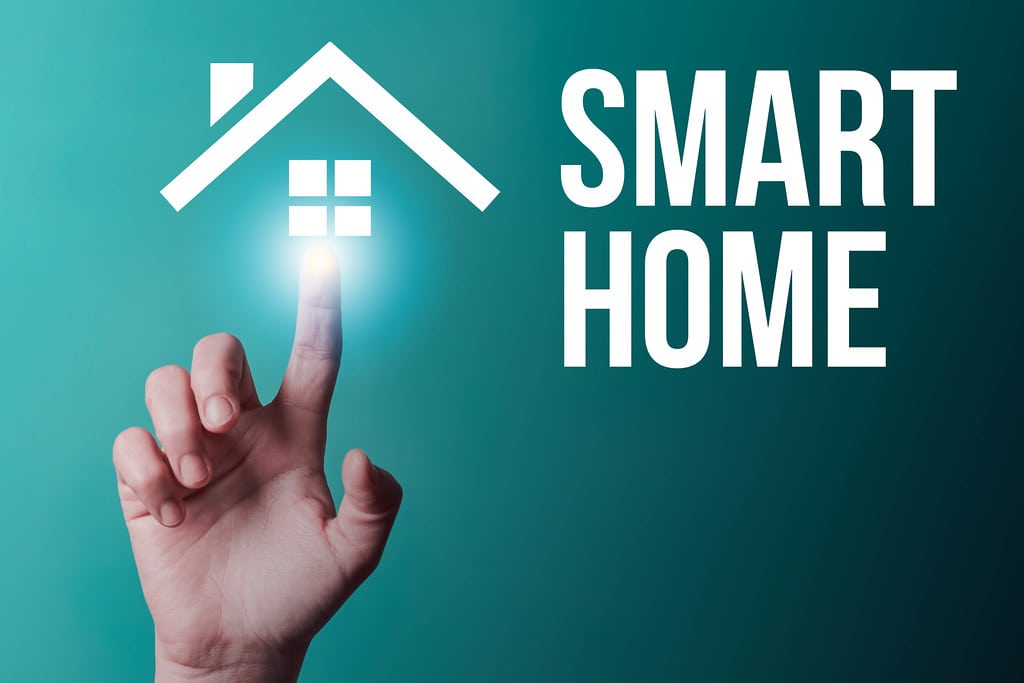Joseph George, CEO at Dufrain, data management and analytics consultancy
There’s a revolution in property insurance coming around the corner, and its name is the Internet of Things. The Internet of Things, or IoT might sound like a slightly vague acronym, but in truth, its meaning could not be more straightforward. IoT is a catch-all term for any device – a phone, tablet, a sensor – that can connect and exchange data with other systems over the internet.
By 2030, experts predict that over 25.4 billion IoT devices will be active and connected to the internet. It’s no wonder. Not only are we using IoT devices on a regular basis, but we are using these devices to inform our financial decisions. For example, when a person wears a health and fitness tracker watch – like a Fitbit – that device captures rich data about the wearer’s lifestyle choices and daily activities. Consider this scenario: if the wearer is regularly walking 10,000 steps each day, then their likelihood of developing heart disease is reduced. Insurers can extrapolate the data and offer a cheaper health policy.
What if you could apply the same principles of a Fitbit to measure the general health of a property? After all, the technology is already here. Buildings are not just made from bricks and mortar. Modern buildings are riddled with sensors, most of which are connected to the internet in one way or the other. A smoke alarm is a sensor. Carbon monoxide detectors, motion sensors, security cameras, these all sensors that can be rigged to provide a more comprehensive read of a property’s day-to-day condition.
We have the technology to change the property insurance industry – now is the time to do it
If a single device – like an app on a smartphone -could pull together all those different data sources into a single view, the result would be a definitive health check of the property. It would have implications for commercial property managers and private homeowners. Crucially, it would allow people to access more accurate and tailored insurance premiums, radically transforming the state of play in the property insurance sector.
Why are smart buildings so appealing to insurance companies? Let’s break it down. If a home is not outfitted with any IoT devices, then it does not know what is happening inside it. It does not know if it is on fire. It does not know if a pipe has burst and is flooding the bathroom. It does not know if someone has broken a window and has burglarised the property. For insurers, a smart property with robust IoT connections would offer something very attractive: a better loss ratio, meaning the insurer will incur fewer costs in the event of the property sustaining damage or theft.
IoT could unlock more dynamic and granular pricing for insurance premiums
In fact, insurers could use a smart building’s data to inform the cost of monthly premiums. Most of the time, private homeowners purchase a hybrid policy that compensates for physical loss or damage caused by sixteen perils, including fire, vandalism, and theft. Owners would no longer have to contend with flat fees based on estimations and incomplete data. Once a smart building is fully connected to an IoT device, it would be possible to adjust the cost of premiums in response to a property’s changing health, resulting in a reduced risk liability for the insurer and a fairer price for the end customer.
Achieving ESG goals by embracing the power of IoT
Of course, more accurate property valuations are of huge interest to commercial property managers. In a time where individuals and companies alike are facing up to their ESG responsibilities, an IoT device could provide rich information on a property’s overall energy efficiency performance. For example, a commercial property manager could use an IoT network to track the average energy expenditure of a block of flats over a period of time. Armed with this information, they could draft up plans to replace the property’s insulation with more efficient material.
The potential for ESG applications is immense. Meeting ESG commitments is not only a show of good faith and heighted social responsibility. In fact, a strong ESG policy has been shown to result in higher evaluations for real estate assets. A building with a high energy efficiency rate and positive environmental record will have greater appeal to tenants and command better rental returns, while a property with a poor ESG rating may incur more expenses. Indeed, a recent survey conducted by CBRE showed that occupiers were likely to reject a building if it lacked ESG features.
In short, the Internet of Things may seem quite straightforward and basic. Almost everyone has a smartphone, and quite a few people use a personal health tracker. An IoT network could empower homeowners and property owners to take data from every device in their property and aggregate that data into a single cohesive view, unlocking new pathways for more granular insurance pricing and ESG renovations. And all they would need is the right app and a standard-issue smartphone.
